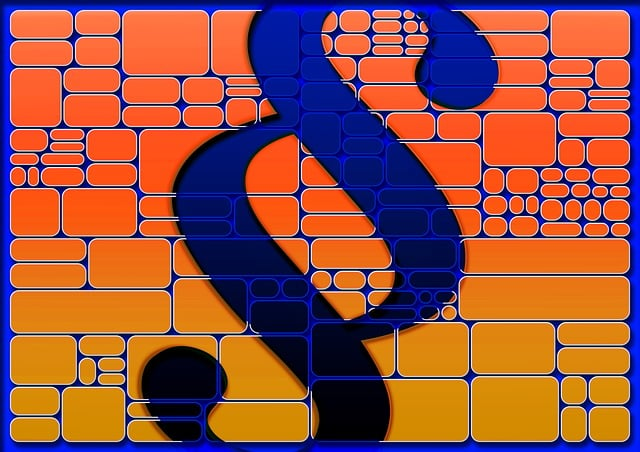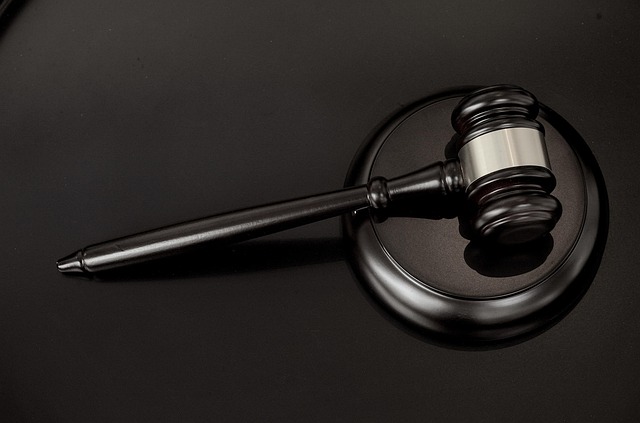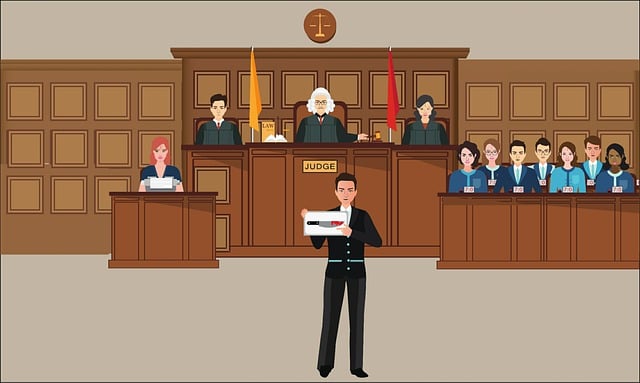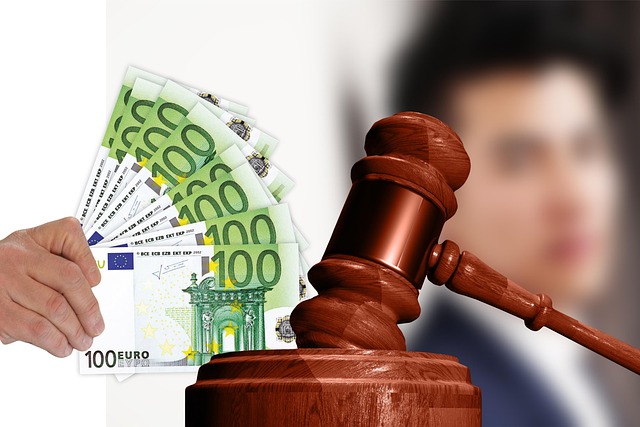Pedestrian accident medical bills can exceed initial estimates due to prolonged hospitalization, rehabilitation, and therapy. Errors in insurance coding, copayment application, and billing for unnecessary services are common, causing financial strain. Understanding coverage, out-of-pocket costs, and exploring personal injury claims for compensation is crucial. Negligence leading to accidents may entitle victims to compensation through legal processes involving evidence review, complex medical billing errors interpretation, and tailored guidance from specialized counsel.
In the aftermath of a pedestrian accident, understanding and managing medical bills can be overwhelming. This comprehensive guide delves into the intricate world of pedestrian accident medical bills, shedding light on common billing errors that often occur in hospitals. We explore the legal avenues available to victims affected by these mistakes, empowering them to navigate the complexities with confidence. By understanding your rights and options, you can ensure fairness and potentially reduce financial burdens associated with unexpected medical billing surprises.
- Understanding Pedestrian Accident Medical Bills
- Common Errors in Hospital Billing After Accidents
- Navigating Legal Recourse for Mistakes in Billing
Understanding Pedestrian Accident Medical Bills
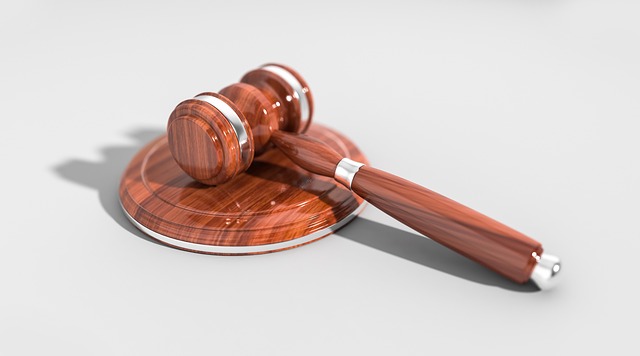
Pedestrian accidents can lead to severe injuries and often result in substantial medical bills. Understanding these costs is crucial for those involved in such incidents. After a pedestrian accident, victims typically receive treatment at nearby hospitals or emergency care centers. The immediate focus is on stabilizing conditions and providing necessary care, which can include everything from basic first aid to complex surgeries. These initial treatments are usually covered by emergency medical services or insurance policies, ensuring that patients receive the critical care they need without immediate financial burden.
However, as treatment progresses and victims require prolonged care, including hospitalization, rehabilitation, and specialized therapy, the financial landscape shifts. Pedestrian accident medical bills can be overwhelming, encompassing a wide range of expenses such as hospital stays, medications, doctor visits, and physical therapy sessions. These costs often far exceed what insurance policies initially estimate, especially in cases involving severe auto accident injuries or complex medical conditions. It’s essential for pedestrians injured in accidents to familiarize themselves with their coverage, understand out-of-pocket expenses, and explore options for managing these significant financial obligations, which may also include seeking compensation from negligent parties, including drivers or defective product manufacturers, through personal injury claims, similar to real estate litigation processes.
Common Errors in Hospital Billing After Accidents
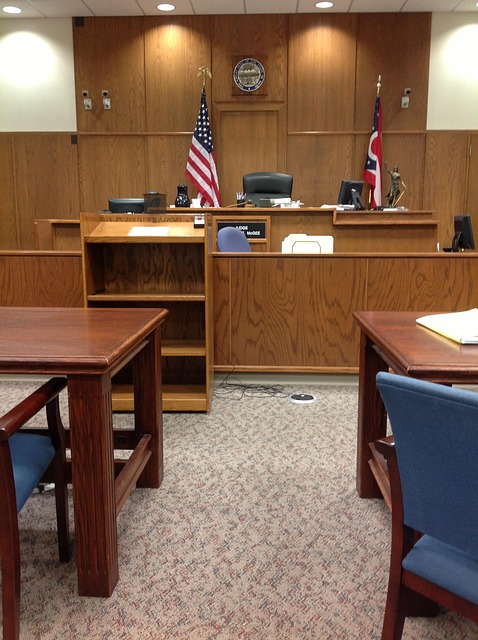
After a pedestrian accident, navigating medical bills and hospital billing errors can be overwhelming. Hospitals often employ complex billing systems that can lead to common mistakes, adding unnecessary stress to an already challenging situation for victims. These errors include incorrect insurance coding, misapplication of copayments or deductibles, and overbilling for services not rendered or those deemed medically unnecessary. Such inaccuracies can result in inflated bills, causing financial strain on patients and their families, especially when dealing with unexpected medical emergencies.
While hospitals strive to ensure accuracy, billing errors persist due to the intricate nature of insurance policies and the potential for human oversight. These mistakes can lead to disputes, including commercial disputes related to insurance coverage or real estate disputes over property damage caused by accidents on private land. Even more severe consequences may arise when billing errors are so substantial as to suggest wrongful death claims, highlighting the importance of meticulous record-keeping and clear communication between patients, healthcare providers, and insurers.
Navigating Legal Recourse for Mistakes in Billing

When a pedestrian is involved in an accident, navigating medical bills and hospital billing errors can be overwhelming. The first step is to understand one’s rights and options. If there was negligence involved—such as a driver not yielding to a pedestrian crossing or a property owner failing to maintain safe walkways—it may be possible to seek compensation through personal injury claims. This process involves reviewing the specifics of the accident, gathering evidence, and consulting with legal professionals who can help interpret complex medical bills and billing errors.
Seeking clarification on billing details is crucial in managing the financial burden of recovery. Mistakes in hospital billing are not uncommon, and these errors can lead to inflated costs that aren’t always justified. Homeowner insurance claims or even nursing home abuse cases may also intersect with pedestrian accident medical bills, highlighting the importance of thorough investigation. Engaging with legal counsel who specialize in such matters can provide guidance tailored to one’s unique situation.
Pedestrian accidents can lead to not only physical injuries but also complex medical billing issues. Understanding your rights and the potential for errors in hospital billing is crucial when navigating the aftermath of such incidents. By recognizing common mistakes, you can take proactive steps to address them. If billing inaccuracies persist, exploring legal recourse offers a means to hold healthcare providers accountable for their errors, ensuring fairness in managing pedestrian accident medical bills.


